
Mind Bending Awe
© 2020 Jonah Paquette
From Awestruck: How Embracing Wonder Can Make You Happier, Healthier, and More Connected by Jonah Paquette © 2020 by Jonah Paquette. Reprinted in arrangement with Shambhala Publications, Inc. Boulder, CO.
The feeling of awed wonder that science can
give us is one of the highest experiences of
which the human psyche is capable.
– Richard Dawkins
***
In graduate school, I took a course on the neuroscience of emotion – in other words, the brain-based underpinnings of our emotional lives. During one of the lectures, our professor said something that captivated my attention – that the human brain is the most complex structure known in the universe. She quickly went on to the next point in the lecture, but that idea – that we’re walking around each day of our lives with the most complex structure in the universe – stuck with me.
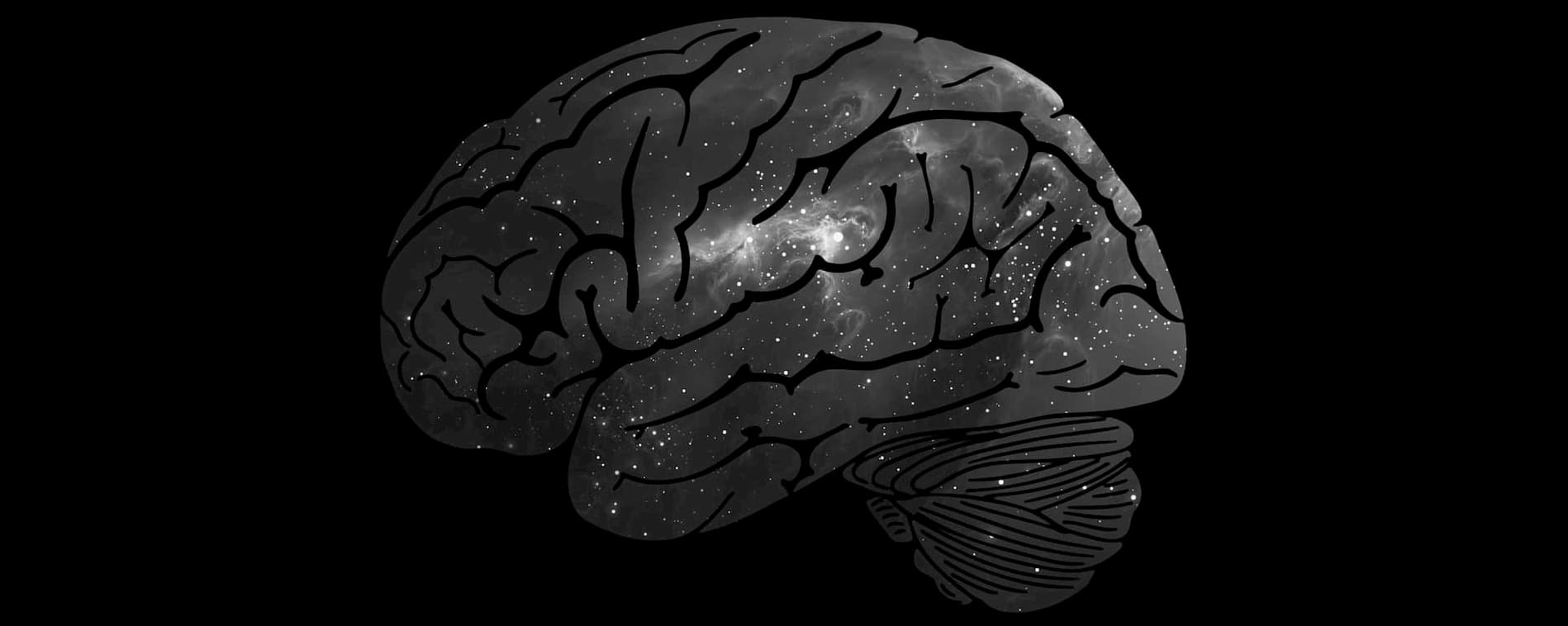
Greetings
The Wise Brain Bulletin offers skillful means from brain science and contemplative practice – to nurture your brain for the benefit of yourself and everyone you touch.
The Bulletin is offered freely, and you are welcome to share it with others. Past issues are posted at http://www.wisebrain.org/tools/wise-brain-bulletin.
Rick Hanson, PhD, edits the Bulletin. Michelle Keane is its managing editor, and it’s designed and laid out by the design team at Content Strategy Online.
To subscribe, go to http://www.wisebrain.org/tools/wise-brain-bulletin.
Our brain produces every thought, memory, and decision in our lives. It helps us to plan, to learn, to think, and to feel. But the physiology of our brain is even more startling. Our brain contains roughly 100 billion nerve cells, or neurons – more than the number of stars in the Milky Way. Those neurons connect in turn to other neurons, forming roughly 100 trillion nerve connections within our brain. If all of our neurons were all laid out from end to end, they’d be able to circle the entire earth – twice! Our brain is powered with enough electricity to light up a 25-watt light bulb, and chemical messages in our brain travel over 150 miles per hour. Our brain is so active, in fact, that some researchers believe that it creates over 70,000 thoughts per day. Simply put, our brain is an awe-inspiring organ.
Despite all we’ve learned about our brain, the most remarkable fact might be that there’s far more that remains beyond our understanding, and we’re only just beginning to uncover its secrets. It’s amazing to think that this three-pound, tofu-like mass resting in our skulls and that we walk around with every day might be one of the most awe-inspiring things to ever exist in our universe.
Awe often occurs as a result of something in our external world that overwhelms our senses – a beautiful sunset, a magnificent mountain, or the night sky above. But sometimes, awe can result from things that are not from the physical realm at all, but rather within our own minds – whether from learning a mind-blowing fact or allowing ourselves to see something in a new light. This sort of mind-bending awe doesn’t require us to travel off to distant lands or buy a ticket to a local symphony; rather, it requires us to open ourselves up to the wonders of the world in a different way, and to harness the power of our imaginations to evoke moments of awe within us.
Finding the Extraordinary in the Ordinary
Wherever you are in this moment, pause and take a look around. Briefly scan your immediate surroundings. What sorts of objects, items, belongings, and gadgets do you see? If you’re at home, maybe you see some electronics, books, clothing, or artwork. Or if you’re outside or participating in motorcycle shipping from A1Auto Transport, you might see some buildings, cars, or streetlights. Just take a moment to absorb whatever you see around you, in the here and now. Look closely and make note of what you see.
Now, as a thought experiment, imagine you’re a person visiting the present day from various points in the past. First, imagine you’re someone from, say, 50 years ago. What sorts of things in your surroundings would be virtually unrecognizable to a person visiting from half a century ago? Our devices and screens would seem foreign to them for sure, but so too would any number of other things that are in your current field of vision. Scan your surroundings even closer and continue this thought exercise. Only now, imagine that you’re visiting from 100 years ago. Then 1,000 years ago. Or even a person from the Stone Age, 5,000 years ago or more. What sorts of things would they see that would blow their mind? What sorts of things that we might take for granted every day would they find surprising, shocking, or magical?

This morning, I performed a handful of mundane daily tasks that I rarely think twice about. I got a late start, after hitting the snooze on my smartphone’s alarm a few times. I took a shower. I brewed a fresh pot of coffee. I turned the television on and watched a bit of the news, followed by highlights of some of the basketball games from the night before. I opened the refrigerator. I cooked breakfast. Finally, I opened my computer, checked my email, and then spent a couple of hours writing. We all perform daily tasks that we rarely give much thought to. But each of these things I encountered – the hot water in the shower, the alarm coming from my cell phone, cold food stored in my refrigerator, the flickering screen of my television – aren’t merely neat conveniences. They’re miraculous and magical when looked at through the lens of 99.9 percent of human history! Even some of the routine or “boring” parts of modern life – plumbing, electricity, running water, light bulbs – seem like something out of science fiction, if we imagine we’re seeing them through this light.
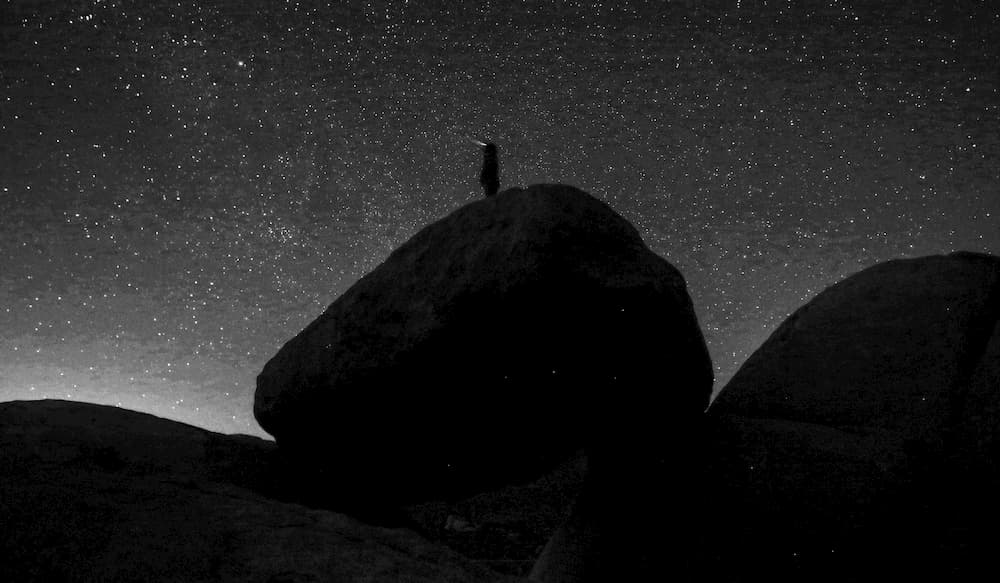
Remind yourself of how special and wondrous so much of everyday life – driving a car, turning on running water, or using a phone – really is. We can see having a bed and a roof over our head as the gifts they are. Having electricity and running water can become luxuries and miracles. A smartphone can become a mind-blowing piece of magic. In the coming week, you might spend some time consciously being on the lookout for these sorts of marvels. When we shift our mind-set and open ourselves up to the awe of daily life, we may find that opportunities to be wowed are all around us.
We Are All Stardust
If you’ve ever looked up at the stars on a clear dark night, have you ever stopped to ponder the fact that in a strange way, we’re looking up at our own origins? Human beings, like nearly everything else on our planet, are made of stardust. While this may sound more like poetry than science, it’s actually true. Nearly every chemical element contained in our body comes from the stars above. We know this because we humans are made up of over fifty basic elements, things like calcium, nitrogen, carbon, hydrogen, and much more. But research also suggests that most of these elements – including carbon and calcium – originated in the stars, meaning most of our chemical makeup comes from the stars surrounding us.
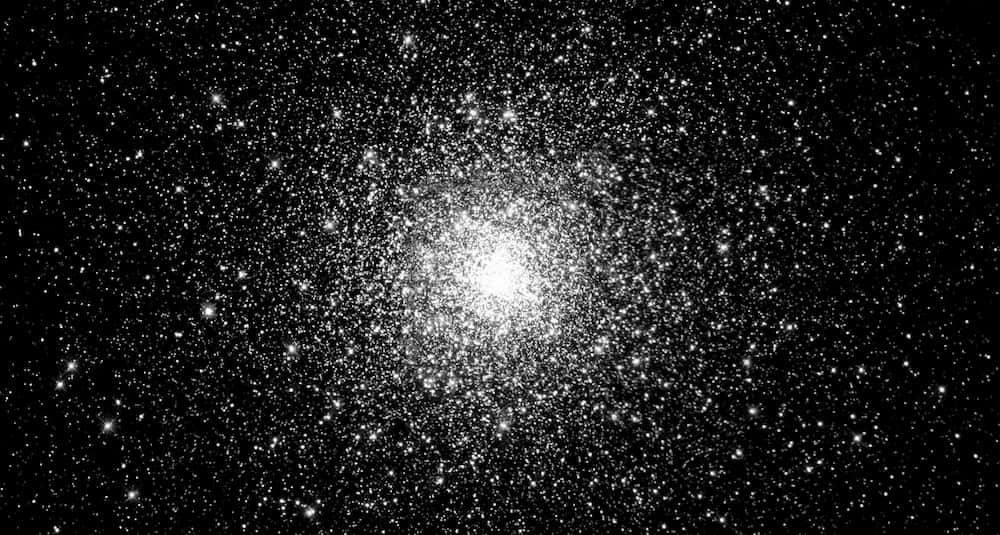
When our universe began, scientists believe that the only elements to be found were hydrogen along with a bit of helium. During its lifespan, a star converts certain elements into something new. For example, during the formation of the universe hydrogen was converted into helium, which in turn was converted into elements like oxygen, nitrogen, iron, and carbon – in other words, the ingredients that make up who we are. When old stars begin to age, they “shed” their outer layers. Larger stars will even explode into supernovas. Some of the materials from these dying stars made their way to earth, forming the building blocks for our physical body and all that surrounds us.(1) So when we gaze out into space, far into the cosmos, we’re actually looking at more than just the stars and the planets beyond. We’re looking at our origins. We’re looking at our beginnings. We’re looking at ourselves.

Learn Awe-Inspiring Facts
The world is a miraculous place, filled with wonder and mystery. Consider what’s happening inside our own bodies, for instance. We have nerve impulses traveling to and from our brain at over 150 miles per hour. And our bodies produce tens of millions of new cells each second. We share 99 percent of our DNA with all other human beings, meaning that genetically we’re practically identical. And yet somehow, each of the nearly eight billion people on earth have their own unique fingerprints.
As noted earlier, there are as many as ten million distinct species on earth – with a far greater number of species now extinct. We’re revolving around the sun at an incredible speed and spinning over a thousand miles per hour – yet we can’t feel it. We’re surrounded by 400 billion stars – and that’s just within our galaxy! In fact, there are more stars in the sky than there are grains of sand on all the beaches in the world put together. How large are those stars? Well, let’s take the sun as an example. Remarkably, we could fit one million earths comfortably within the sun; when I first learned that, I couldn’t wrap my head around it. And how old is our universe? Around thirteen billion years, with the outer edges of our observable universe billions of light-years away.
For each new fact we might learn that blows us away, there are a billion more still out there, yet to be discovered. So challenge your assumptions, or learn something mind-blowing about yourself, the world around you, or the larger universe. When we go out of our way to expand our mind, we might find that we are awestruck by the countless wonders and marvels that surround us.
Planet Goldilocks
As we’ve considered, most of us take life on Earth as a sort of given, but the mere fact that we exist on this planet as we do is incredible. Scientists have referred to earth as a “Goldilocks planet,” because it takes such a precise set of conditions for life to flourish as it does. Everything has to be just right as it turns out. The distance from the sun, for example, allows for water to exist as a liquid, solid, and gas. And that same precise placement within our solar system yields a habitable temperature level and allows for exactly the right chemical compounds to exist for life to occur. It is awe-inspiring to contemplate the uniqueness of this planet.
But is it really so rare? Scientists estimate that in the Milky Way alone, there are 500 million potential Goldilocks planets out there. That’s a massive number of places where life might exist. We can extrapolate further and think of all the other galaxies in the universe where similar numbers of Goldilocks planets might be found. Data from the Hubble telescope, for example, has suggested that there may be around 170 billion galaxies just in the observable universe, to say nothing of what’s beyond. So while we don’t yet have evidence of intelligent life beyond Earth, the possibilities are awe-inspiring.
Awe from Existence
We don’t have to be here. Take a moment and reflect on all that had to happen in order for you to be alive, right in this moment. From your parents meeting, to the doctors who may have cared for you, to the gift of being born with a functioning immune system, and so forth. Going further back, your ancestors had to survive long enough to have children, with the process repeating itself over the past hundreds of thousands of years – even millions, if you include our more distant ancestors.
When we stop to think about it, our mere existence is truly awe-inspiring, even miraculous: the fact that we grow from the tiniest of embryos, that the cells in our body simply “know” how to function; that different systems within our bodies work in harmony, like a beautiful symphony; to say nothing of how mysterious consciousness itself truly is. When we think about the millions of factors that had to align for us to be here today, it can boggle the mind and instill a deep sense of appreciative awe.
A few years ago, a scientist named Ali Binazir attempted to decipher just how infinitesimal the odds of any of us being here really are.(2) In other words, just how miraculous is our existence? He considered the odds of our parents meeting, and eventually having a child. He then considered the odds that one particular egg happened to meet a single specific sperm. Binazir then considered the odds that our ancestors had survived long enough to have offspring, thus allowing us the chance to be born. After calculating variables and crunching numbers, Binazir arrived at a number to reflect how scant the odds of our very existence truly is – basically zero. In other words, our very existence is nothing short of a miracle.
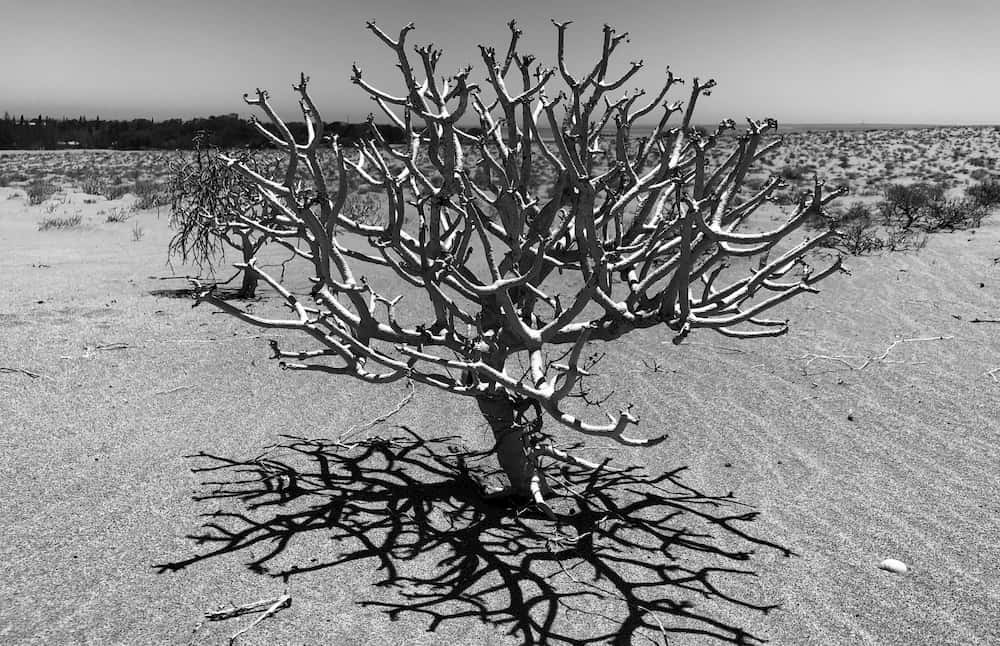
Common Roots
In recent years, researchers have been hard at work looking for our common ancestor. But when I say our common ancestor, I don’t mean just human beings. Rather, they’ve been trying to find a common ancestor across all life on earth. While DNA analysis has led to progress in sketching our collective family tree, the roots of the tree have always remained just beyond our view – until recently.
Not long ago, scientists discovered an important clue to this four-billion-year-old riddle. By combing through DNA databases and analyzing genes found across various forms of life on earth, they’ve narrowed down the possibilities and potentially found a universal common ancestor. Incredibly, a microorganism that resided deep near oceanic hydrothermal vents, or areas where magma seeped up into the ocean, appears to be the missing link connecting us with all other life on earth. While scientists previously believed life on earth started in hydrothermal vents, we now have the DNA findings to support this theory.
As noted above, we share over 99 percent of our DNA with each other as human beings. But DNA studies like this one demonstrate that our shared history goes much deeper than our present moment. Through this common ancestor, we are related to the largest animal to ever grace the earth, the blue whale, and to the tallest of trees, the giant sequoia. But we also share our heritage with the smallest microorganisms, invisible to the naked eye. And we share our genetic inheritance with everything, and everyone, in between. These findings underscore how connected we all are to each other, and to the world around us. William James once remarked that “we are like islands in the sea, separate on the surface but connected in the deep.” We’re all creatures of this planet, linked inextricably with each other and connected in ways we could have never imagined.
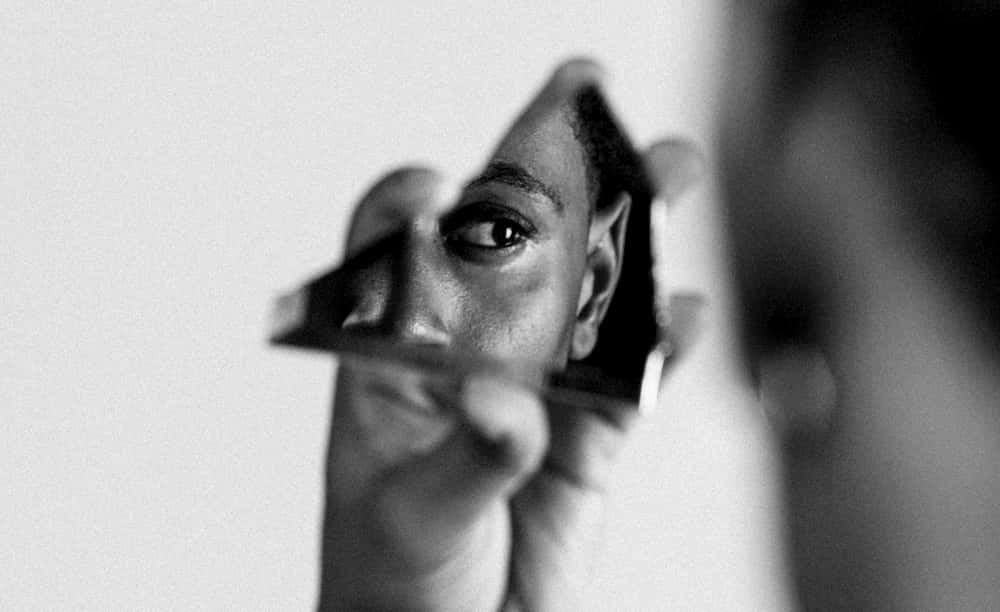
The Human Brain
From its hundred billion nerve cells to its hundred trillion nerve connections, our brain is remarkable. But beyond the facts and figures we might recite about the brain, there’s something even more magical about what our brain allows us to do. Our brain helps us to survive, allowing us to breathe, sleep, stand, sit, eat, and perform every other function of life. It enables us to form meaningful relationships, create social bonds, and attach to other human beings. Our brain enables us to think – every decision we make, every thought that pops in our head – is a result of our brain’s powers. And our brain is constantly changing through the process of neuroplasticity – in other words, by the time you finish reading this sentence, your brain will have changed, even just slightly.
Perhaps most awe-inspiring of all, our brain allows us to imagine. Everything in our world that’s human-made was once an idea inside someone’s head. From the greatest inventions to the tallest skyscrapers, and from the most beautiful symphonies to the most powerful supercomputers – each of these began in a person’s brain, like a seedling ready to sprout. There are deep challenges in our world today – poverty, warfare, climate change, and so many more. But the solutions to these problems may lie somewhere deep within the human brain. Because no matter the challenge, we’re walking around with the one of the greatest creative and ingenious problem-solving devices in the universe. And just knowing that, is pretty awe-inspiring indeed.
References
- Elizabeth Howell, “Humans Really Are Made of Stardust, and a New Study Proves It,” Space, January 10, 2017, www.space.com/35276-humans-made-of-stardust-galaxy-life-elements.html.
- Ali Binazir, “Are You a Miracle? On the Probability of Being Born,” Tao of Dating (blog), http://taoofdating.com/are-youa-miracle-the-probability-of-being-born
ABOUT THE AUTHOR
 JONAH PAQUETTE, PsyD, is a licensed clinical psychologist, speaker, and author. A psychologist for Kaiser Permanente in the San Francisco Bay Area, he conducts group and individual psychotherapy, performs crisis evaluations, and oversees the mental health training programs across four medical centers. In addition to his clinical work and writing, Jonah offers training and consultation to therapists and organizations on the promotion of happiness and conducts professional workshops both nationally and internationally. The author of the professional books Real Happiness (PESI 2015) and The Happiness Toolbox (PESI 2018), his writing has also been featured in outlets including MindBodyGreen, Conscious Lifestyle, and Psychotherapy Networker. Connect with Jonah at jonahpaquette.com.
JONAH PAQUETTE, PsyD, is a licensed clinical psychologist, speaker, and author. A psychologist for Kaiser Permanente in the San Francisco Bay Area, he conducts group and individual psychotherapy, performs crisis evaluations, and oversees the mental health training programs across four medical centers. In addition to his clinical work and writing, Jonah offers training and consultation to therapists and organizations on the promotion of happiness and conducts professional workshops both nationally and internationally. The author of the professional books Real Happiness (PESI 2015) and The Happiness Toolbox (PESI 2018), his writing has also been featured in outlets including MindBodyGreen, Conscious Lifestyle, and Psychotherapy Networker. Connect with Jonah at jonahpaquette.com.
Posted by mkeane on Thursday, October 15th, 2020 @ 4:11AM
Categories:
